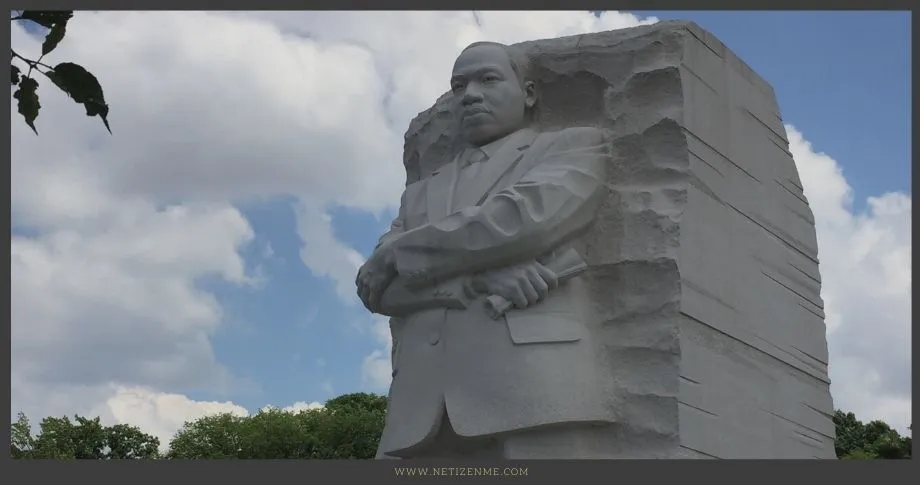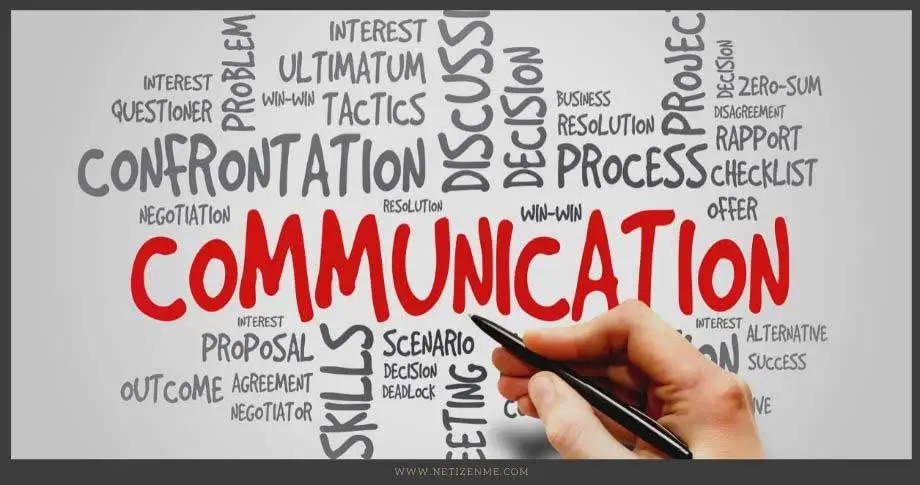
The Use of Rhetorical Devices in The Speech – I Have a Dream
Use rhetorical devices in one of the most powerful speeches in the history of America – “I Have a Dream.”
“Even though we face the difficulties of today and tomorrow, I still have a dream.”
Dr Martin Luther King, Jr., “I Have a Dream”
About the most powerful speech
The speech “I have a dream” by Dr. Martin Luther King Jr. on August 28, 1963 (01) remains one of the most powerful speeches in the history of America. He employed rhetorical devices (02) to make a clear call for an end to racism. It was a message of non-violence, a call for equality as promised in the declaration of independence. He concluded the speech on a hopeful note, saying “one day” – a recognition that things would not get better immediately but through progressive actions over time.
He made this speech in front of a crowd of about 250,000 people, both blacks and whites, who were present for the 1963 March on Washington for jobs and free (03). It was a demonstration that was televised live to an audience of millions. It was aired on radio stations and well covered by the press (05). The civil rights movement at that point was no longer one in the south alone but was now one on the national stage (02). When Dr. King spoke, he was not speaking to the African Americans alone but to all Americans, urging them to take action (02).
Following the speech and event, there was more attention to the civil rights movement.
The speech greatly influenced the passing of the civil rights act in 1964, which ended segregation in public places and banned employment discrimination based on race, color, religion, sex, or national origin (04). This is considered one of the most significant legislative achievements of the civil rights movement. Back in 1963, it gave the demonstrators a goal to look forward to, and its timeless theme is still relevant today (02).
References for further reading
- I Have a Dream” by Dr. Martin Luther King | The Art of Manliness. (URL)) 2020.
- “I Have a Dream” by Dr. Martin Luther King. From (URL)
- (URL) 2020. Why ‘I Have A Dream’ Remains One Of History’s Greatest Speeches.
- 2020. ‘I Have a Dream’ Speech. History.com (URL)
- 2020. Civil Rights Act of 1964 (URL)
- James Reston,” ‘I Have a Dream … ‘: Peroration by Dr. King sums up a day the capital will remember”, The New York Times (August 29, 1963).
This article is written by:
Our professional writers and editors are passionate about sharing high-quality information and insights with our audience. We conduct diligent research, maintain fact-checking protocols, and prioritize accuracy and integrity to the best of our capacity.
You can cite our articles under the author name "Netizenme"




